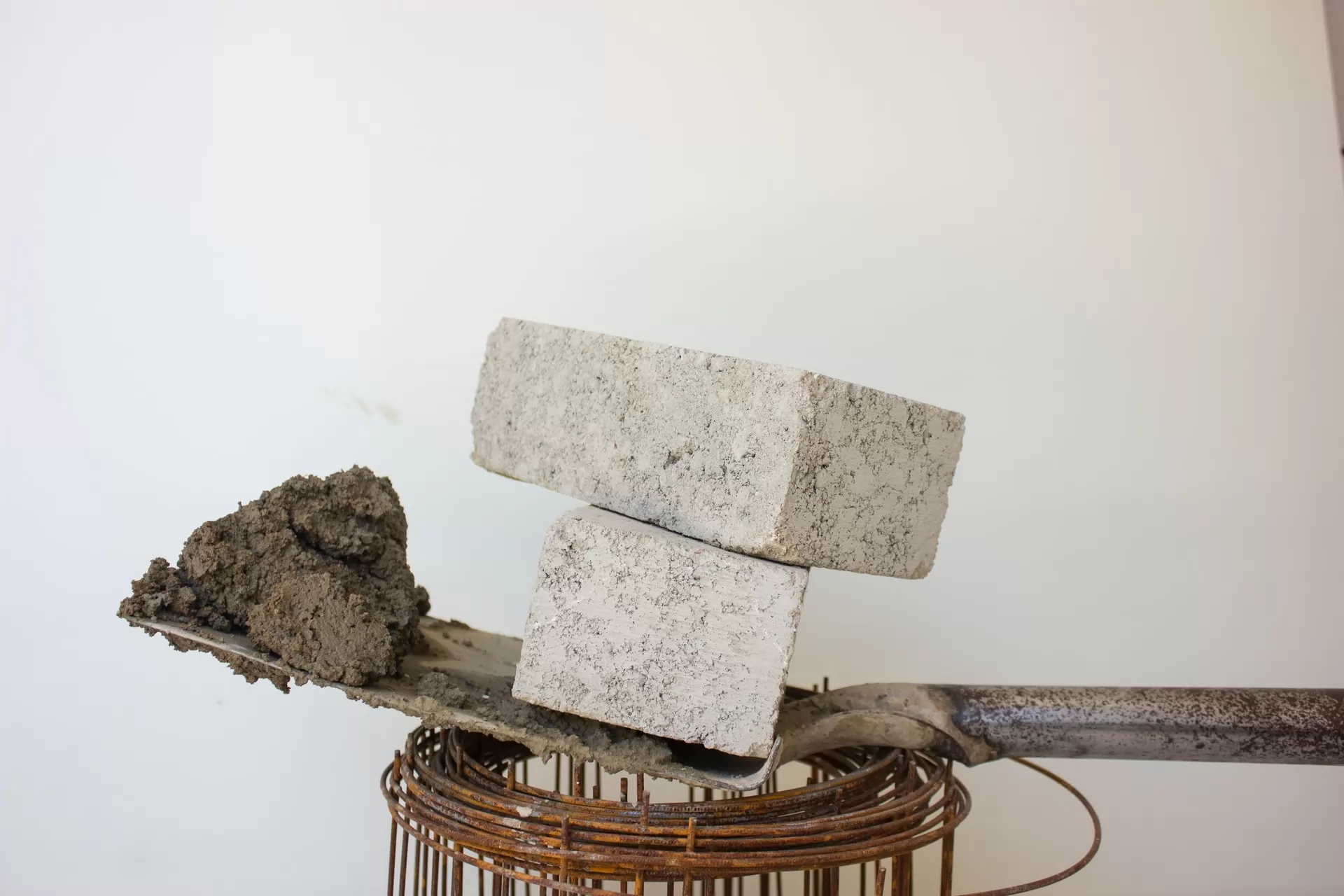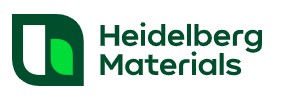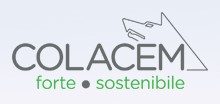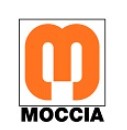Sintesi
per comprendere questo mercato
Dettaglio del contenuto
 Informazioni
Informazioni
- Pagine : 30 pags
- Formato : Versione PDF e digitale
- Ultimo aggiornamento : 23/02/2024
 Riepilogo ed estratti
Riepilogo ed estratti
1 Market Overview
1.1 Definition and presentation
Cement is a versatile and ubiquitous construction material, used as a key hydraulic binder in the manufacture of concrete, one of the most widely used materials in the world. it is made by calcining a mixture of limestone and clay, followed by grinding to a very fine powder. When this powder is mixed with water, it reacts chemically to form a paste that hardens and gains strength over time, a process known as hydration.
The uses of cement are many and vary widely, extending from the construction of buildings and infrastructure to major engineering works such as dams and bridges. Cement's unique properties, such as high compressive strength and durability, make it an ideal material for outdoor environments and for structures that must withstand heavy loads or adverse weather conditions. Its ability to adapt to complex shapes when mixed with aggregates such as sand and gravel (to produce concrete) or reinforced with steel (to make reinforced concrete) further broadens its range of applications.
globally, in 2023 , the cement market reached a total value of $385.8 billion. For the period 2023-2032, the industry is expected to grow moderately with a compound annual growth rate (CAGR) of 5.4 percent. By the end of the period, the global cement market could reach a total value of more than $619 billion. (IMARCGroup)
There is a slight increase in world cement consumption between 2018 and 2022. During the period analyzed, world consumption increased from 3.98 billion tons to 4.03 billion tons, representing an overall growth of 1.3%. In 2022 China is by far the world's largest consumer of cement. In the year analyzed, China contributed 53.9% of world cement consumption, accounting for 2171 million tons out of 4031 million tons total. (Federbeton)
1.2 The global market
globally, the cement market reached a total value of $***.* billion in ****. For the period ****-****, the industry is expected to grow moderately with a compound annual growth rate (***) of *.* percent. By the end of the period, the global cement market could reach a total value of more than $*** billion.
Cement Market World, ...
1.3 The Italian market
The total turnover of the cement supply chain in Italy is growing strongly. Between **** and ****, total turnover grew by **.*%, from *.** billion euros to **.** billion euros. With the exception of **** (***).
Total cement supply chain turnover Italy, ****-****, in billions of euros Fedebeton
Regarding only companies active in cement production, between **** and ****, total ...
1.4 International trade
to analyze Italy's trade outflows and inflows, products under HS.... are analyzed. Between **** and ****, Italy's trade position changed from net exporter to net importer. In fact, during the period analyzed, the export coverage ratio, determined by the ratio of exports to imports multiplied by ***, went from ***.*% in **** to **.*% in ****. Specifically, the ...
1.5 The consequences of the Russian-Ukrainian conflict
The outbreak of the Russian-Ukrainian conflict in February **** led to, among other things, a general increase in price indexes. The sector related to cement and concrete production is particularly affected by the consequences of the conflict. Between January **** and December ****, the producer price index for cement rose by **.* points, representing a ...
2 Demand analysis
2.1 The main uses of cement
Between **** and ****, cement consumption in Italy is essentially stable. During the period analyzed, total consumption increased from **.** million tons to **.** million tons, representing a slight increase of *.* percent.
Cement consumption Italy, ****-****, in million tons Federbeton
As for the destination of domestic intermediate cement deliveries, concrete batching plants collect **.* percent of ...
2.2 The main related markets
For the analysis of cement demand drivers, investment in construction in Italy and trends in the number of new residential and nonresidential buildings are analyzed.
Regarding the first aspect, in **** extraordinary maintenance in the residential sector gathered **.* percent of total investment in the construction sector. This was followed by non-residential building ...
2.3 Geographical distribution of demand
In order to visualize the geographical distribution of demand, two maps were created with the geographical distribution of new residential and nonresidential properties built in ****.
In terms of residential construction in ****, the Northwest of the peninsula garnered the highest share, accounting for **.* percent of the national total. This was followed by ...
2.4 New demand trends: fiber cement
Fiber cement, a composite material made of cement reinforced with cellulose fibers (***), is experiencing increasing demand in various sectors, especially in construction. This increase in interest is due to several key factors. First of all, fiber cement is valued for its durability and strength. it is known to withstand adverse weather ...
3 Market structure
3.1 The market structure
In ****, the cement supply chain in Italy involves **** enterprises with a total turnover exceeding ** billion euros. As for cement production, active enterprises under Ateco Code **.** "Cement production" are analyzed. In particular, the number of active enterprises, the number of employees in active enterprises and the legal form of activities are ...
3.2 The value chain
STEP *-PRODUCTION AND PREPARATION OF RAW MATERIALS
Extraction or procurement of various raw materials that can be either natural resources (***) to feed the kiln.
STAGE * - CLINKER PRODUCTION
Heating of the raw meal to evaporate water, decarbonate and form the main components of clinker (***).
Heat is produced from a mixture of ...
3.3 The main manufacturers
The following is a list of the main players active in cement production in Italy:
HM Italia Cementi s.p.a: is a renowned company in the building materials sector, specializing in the production of cement. Founded in ****, the company has consolidated its presence in the Italian market through a combination ...
4 Supply analysis
4.1 Cement production in Italy
There are several types of cement in Italy. First of all all, the first distinction to be made is that between natural cements and artificial cements. The former are obtained from rocks of sedimentary origin (***) consisting mainly of clay, limestone and iron oxide. Artificial cements, on the other hand, are obtained ...
4.2 The prices
In relation to cement prices in Italy, the producer price indexes for cement and concrete between **** and **** are analyzed. As for the cement industry, there is a sustained increase in producer prices between January **** and January ****. Specifically, the price index shows an increase of **.* points over the period analyzed. While between ...
4.3 The Decarbonization of Industry
In ****, the European Union launchedthe Green Deal, a growth strategy aimed at transforming the EU into a resource-efficient, competitive and carbon neutral society by ****.
In Italy, the cement industry accounts for * percent of total national emissions. The industry produces a high amount of C** and **/**% of CO* production occurs in processes ...
5 Regulations
5.1 Regulation
The following are the main legislative and regulatory aspects related to the production and marketing of cement in Italy:
The UNI EN ***-* standard divides cement into * main types:
I - Portland cement with at least **% clinker content; no subtype;
II - Composite Portland Cement (***) with a clinker percentage of at ...
6 Positioning of actors
6.1 Segmentation
- Buzzi Unicem s.p.a
- HM Italia Cementi s.p.a
- Colacem s.p.a
- Cementerie Aldo Barbetti s.p.a
- Cementeria Costantinopoli s.r.l
- Cementi Moccia s.p.a
 Grafica
Grafica
- Mercato del cemento
- Consumo di cemento
- Consumo di cemento, ripartizione per zona geografica
- Fatturato totale filiera del cemento
- Fatturato totale imprese attive nella produzione di cemento (Codice Ateco 23.51)
Tutti i nostri studi sono disponibili online e in PDF
Ti invitiamo a consultare un esempio del nostro lavoro di studio su altri mercato!
Aziende citate in questo studio
Questo studio contiene un panorama completo di società di mercato con le ultime cifre e le notizie di ogni azienda :
 Perché Scegliere Questo Studio :
Perché Scegliere Questo Studio :
Accedi a più di 35 ore di lavoro
I nostri studi sono il risultato di oltre 35 ore di ricerca e analisi. L'uso dei nostri studi ti consente di dedicare più tempo e aggiungere valore ai tuoi progetti.
Approfitta di 6 anni di esperienza e oltre 1.500 studi settoriali già prodotti
La nostra competenza ci consente di produrre studi completi in tutti i settori, inclusi i mercati di nicchia o emergenti.
Il nostro know-how e la nostra metodologia ci consentono di produrre studi con un valore unico di denaro
Accedi a diverse migliaia di articoli e dati a pagamento
BusinessCoot ha accesso all'intera stampa economica a pagamento e ai database esclusivi per svolgere studi di mercato (+ 30.000 articoli privati e fonti).
Al fine di arricchire i nostri studi, i nostri analisti utilizzano anche indicatori Web (semrush, tendenze, ecc.) Per identificare le tendenze in un mercato e strategie aziendali. (Consulta le nostre fonti a pagamento)
Supporto garantito dopo l'acquisto
Una squadra dedicata al servizio post-vendita, per garantirti un alto livello di soddisfazione. +39 380 247 7810
Un formato digitale progettato per i nostri utenti
Accedi a un PDF ma anche una versione digitale per i nostri clienti. Questa versione consente di accedere a fonti, dati in formato Excel e grafica. Il contenuto dello studio può quindi essere facilmente recuperato e adattato per i tuoi supporti.
 Le nostre offerte :
Le nostre offerte :
the cement market | Italy
- Quali sono i dati relativi alle dimensioni e alla crescita del mercato?
- Cosa sta influenzando l'andamento e l'evoluzione del mercato?
- Qual'è il posizionamento degli attori di mercato?
- Segmentazione e profilo delle aziende operanti nel mercato
- Dati e numeri da una molteplicità di fonti
Pacchetto di 5 studi (-15%) IT Italy
- 5 rapporti a 75,6 € IVA esclusa per studio da scegliere dal nostro catalogo italiano per 12 mesi
- Risparmiare il 15% sugli studi aggiuntivi acquistati
- Scegliere il rimborso del credito non utilizzato al termine dei 12 mesi (durata del pacchetto).
Consulta i termini e le condizioni del pack e del rimborso del credito non utilizzato.























